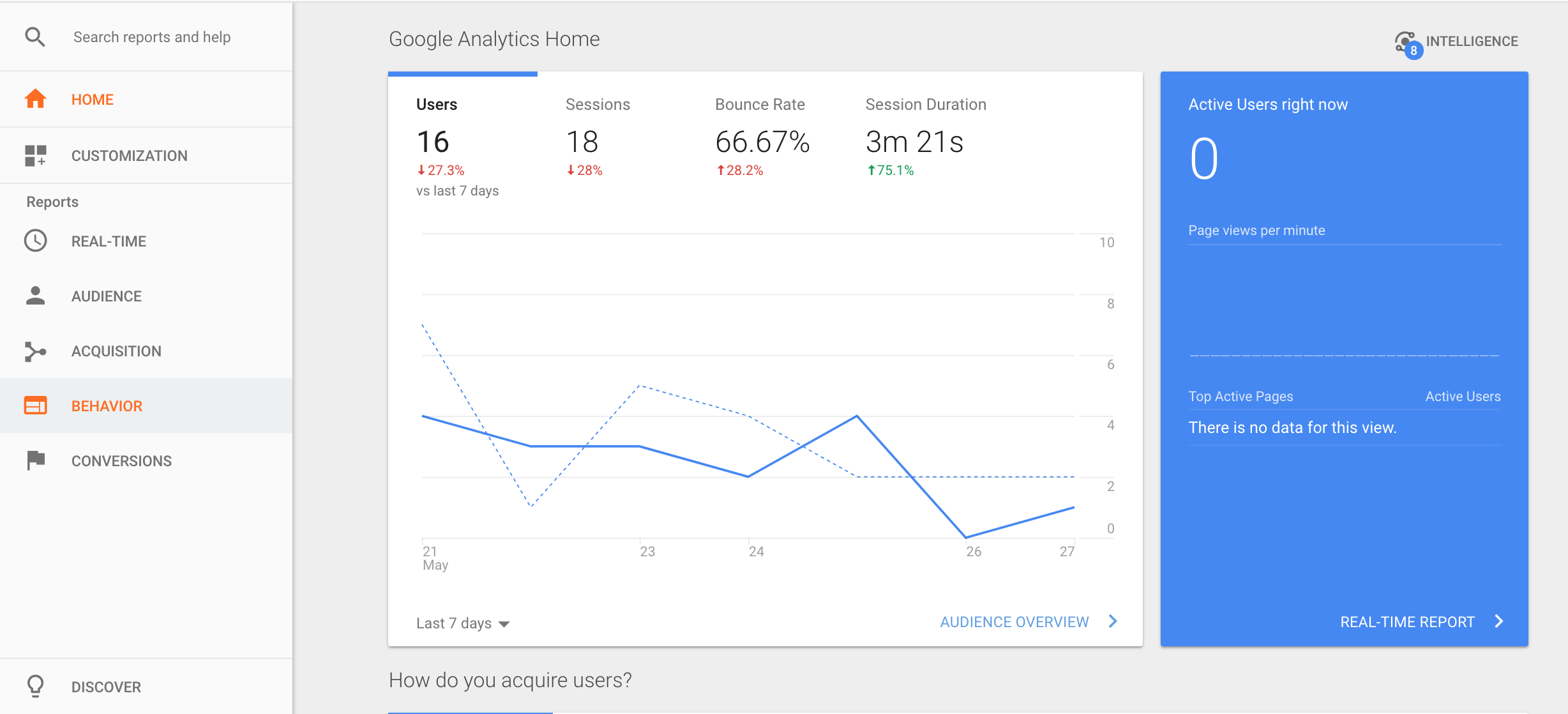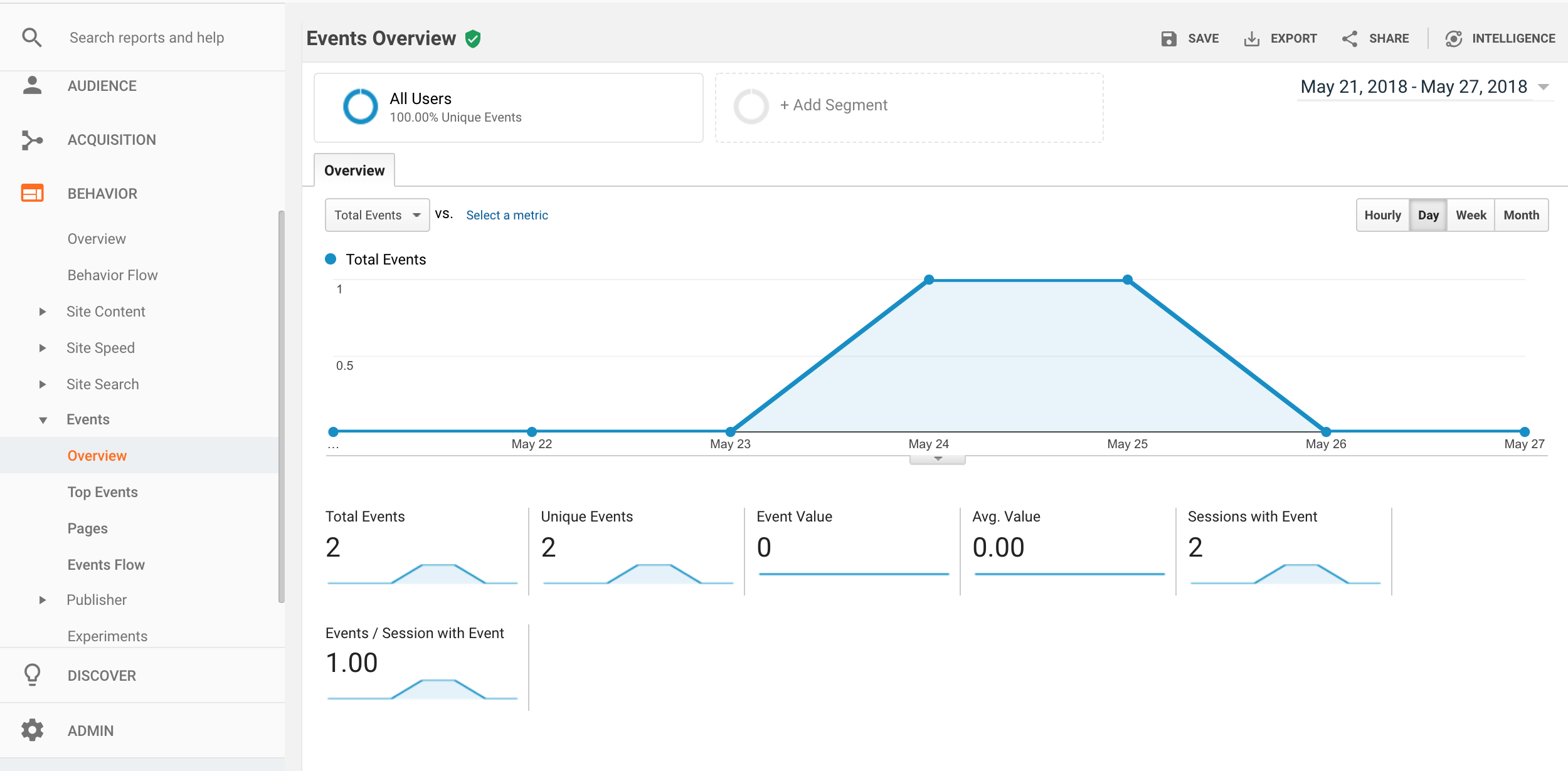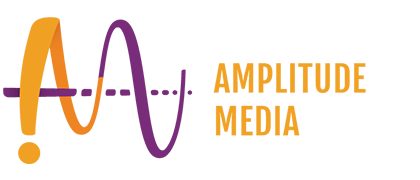What is a call-to-action? And how do I make one?6 min read
A good call-to-action or CTA can lead to one of the best things about the internet, information rabbit holes. You know, like that one time when you asked Google “what is an anarchist’s favorite food*?” and emerge three hours later knowing way more about the events that led to President McKinley getting shot than you ever thought possible? Internet rabbit holes are a problem for information nerds and people with ADD, but the good news is, when used well they are a superpower, used to harness the power of the internet for your brand. What is this superpower? It’s a call-to-action or CTA.
A good CTA, when paired with content that adds value, should drive people deeper into your site and immerse them in your brand. Without a CTA, you’re missing opportunities. For example, I was recently researching my most current music genre obsession, synthwave, trying to learn how music like this was made. So naturally, I typed in “How to make music for beginners” and the first result was this article, which is a brief introduction to the software and tools that someone needs to produce music.
If you’d like to listen to a song while reading the rest of the article, here you go:
I reached the end of the article and there wasn’t anything driving me further along, no option to sign up for a newsletter for music making tips (that I would have happily signed up for), no “go here and read this article that describes this further,” no link to a video they had created about the basics of making music, there was nothing. It was a dead end. So I hit the “back” button to go back to my Google search for the next article to read. Because they didn’t have a CTA at the end of their content I had a disappointing bad user experience, and that experience hurts their SEO.
So without further ado, yeah, that’s a cool french word, here’s everything you need to know about CTAs and how to harness their power for your brand.
Glossary:
What the hell is a call-to-action
What are they used for
How do I write one
How do I track a call to action
What the hell is a call-to-action?
A CTA is anything that you are trying to get a potential customer to do.
Here are a few examples:
-
- Sign up for our newsletter
- Request a free consultation
- Request a quote
- Buy now
- Sell now
- Donate
- Follow
- Request
- Learn
- Call
You’ll notice a trend here. All of these CTA’s use of action verbs to entice a user. And for good reason. Would you click on a button that said “Maybe buy it?” probably not. A CTA needs to be clear, concise and communicate to the user what action they are taking. Otherwise, you’re creating a bad user experience, users might leave your site and can directly impact your bottom line.
I would note that like any process, creating effective CTA’s based on your specific industry or customer takes testing and patience in order to find something that really works.
What are they used for?
An effective CTA moves a potential customer down a sales funnel, each representing key points on a buyer’s journey.

Think of them as stepping stones towards your ultimate goal. In most companies, this would be a sale or a donation.
CTA’s are used to gauge potential customers interest and help identify the type of message/content that would resonate with them based on where they are in the funnel.
How do I write one?
A few good questions to ask yourself when writing a CTA:
- Who is the user engaging with it?
- Where is the user in the funnel at this point?
- Is it clear and communicating exactly to the user where they will be going and why?
If you can answer all of these questions with your CTA then you will be on the right track.
How do I track a call to action?
There are multiple tools and software that can track analytics, we’re fans of Google, so for the sake of this article, we are going to explain how to track a CTA within Google Analytics. The first thing that you are going to do is set up an event for your CTA. Google has a great resource on how to do this. In essence, what you are going to do is add the snippet of code to all of the elements that you wish to track:
_trackEvent(category, action, opt_label, opt_value, opt_noninteraction)
This will give you have the ability to identify key pieces of data so that you can better understand what you are looking at with your Google Analytics.
Category: This piece is used to define the category. For example, you have a campaign for your spring shoe sale, so you may call it “SpringShoes2018”.
Action: Actions are the where. Where is the user clicking on a call to action? If it’s on the front page, then we’d call it “Frontpage,” if it’s on the shop page you may call it “ShopPage”
Opt_label: These are optional but are great for further separating data. Let’s say you have two separate CTA’s for your shoe sale on the same page. One in the header and the other in the sidebar, so you could create two separate events and call them “Header” and “Sidebar.”
Opt_value: This is an optional setting where you can associate a number with an event. Let’s say you have multiple CTA’s with the same label then you would number them 1, 2 and 3.
Opt_noninteraction: This is an optional setting where you can tell Google that the event you’ve created will not factor into your bounce rate.
If the above is overwhelming and sounds like a different language then don’t worry, a capable web developer can insert the snippets for you, or I can. Just send me an email and we can have a conversation.

To find the report go to your Analytics then to your “Behavior” section like highlighted on the left.

Then “Overview” and you are done. You should have your events in front of you, showcasing which events have been triggered and how many.
I hope this sheds some light on CTA’s and provides you with some tools for creating them in the future.
If we missed anything or you have any questions then send us a message and say hi!
*So what is an anarchist’s favorite food? We asked on Facebook and these are a few of our favorite answers:
•Freedom Fries
•Something from The Cookbook
•Disestablish-mints
•Cherry Bombs
•Anything Free-range







